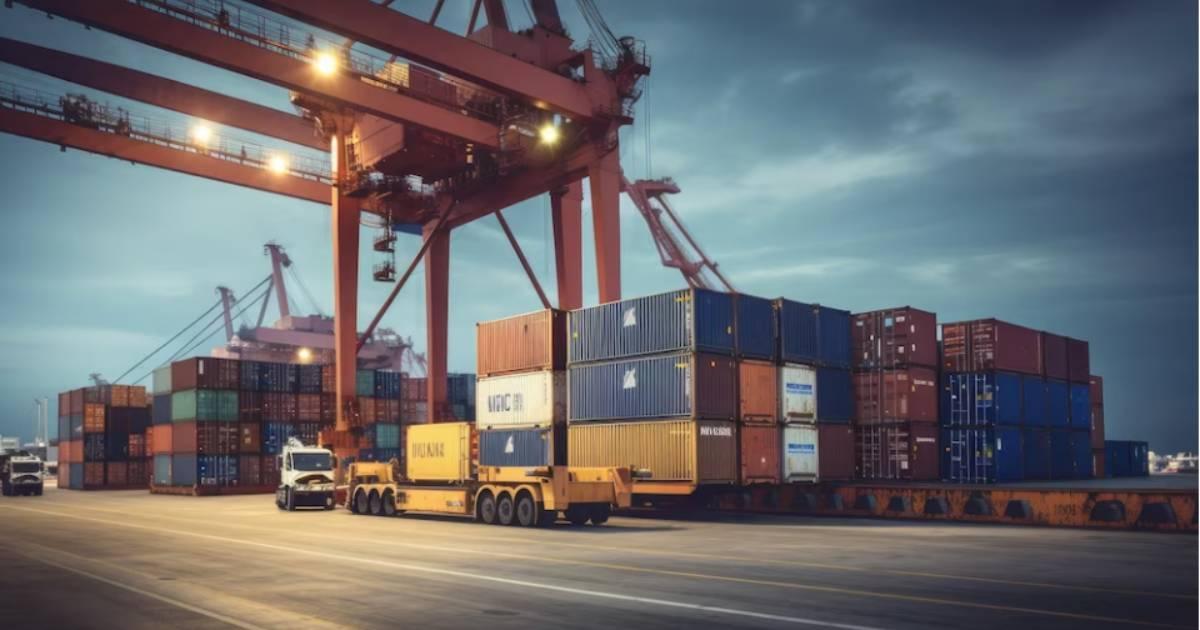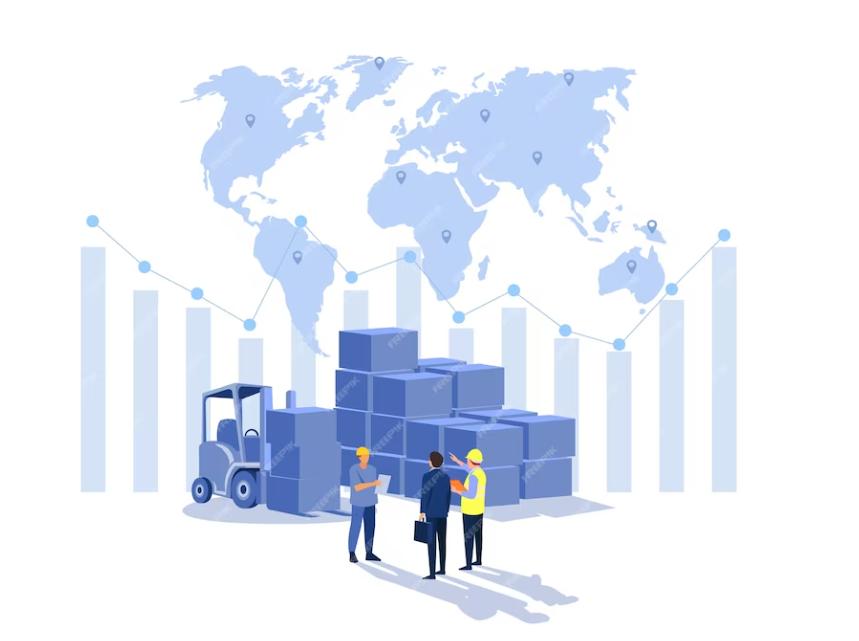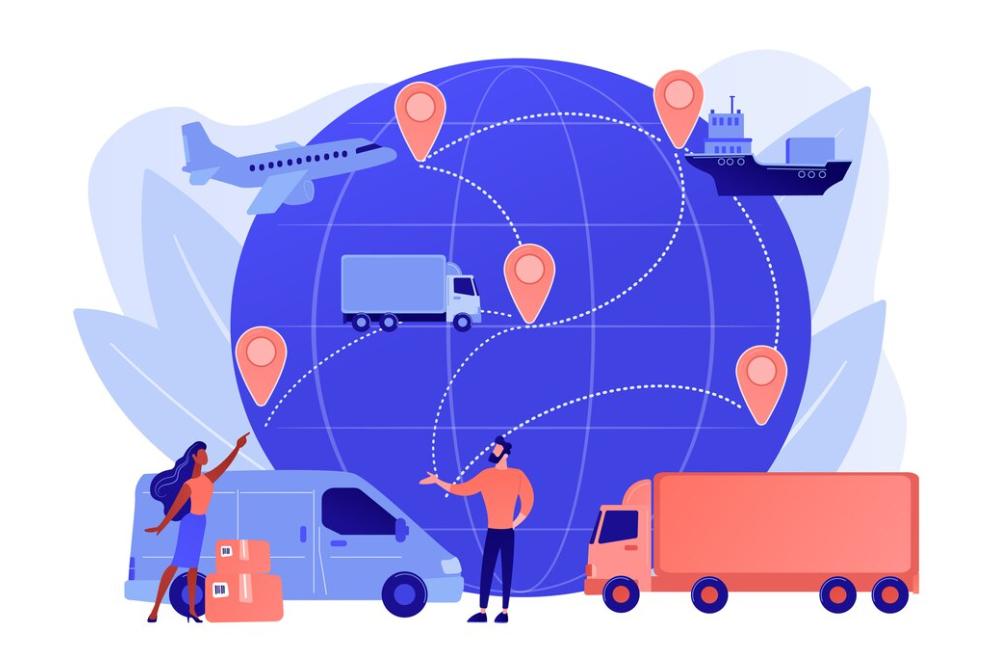
Building Resilience in Your Supply Chain: Strategies for Future Disruptions
Jan 14, 2024
This article explores the challenges in achieving supply chain resilience, focusing on globalization, just-in-time inventory, visibility, inventory management, and supplier relationships. Strategies involving processes, people, and technology, along with resilience metrics, are discussed. The continuous journey of refinement and strategic fortification is emphasized for building a resilient supply chain that thrives amidst uncertainties.
Supply chain disruptions are not a new phenomenon, and they are likely to persist in the evolving global landscape. The frequency and impact of disruptions have increased, making supply chain resilience a critical focus for businesses. In this article, we explore the concept of supply chain resilience, its significance, and strategies to build resilience effectively.
Understanding Supply Chain Resilience
Supply chain resilience is the ability of a company to navigate unexpected disruptions while maintaining operational efficiency and meeting customer timelines. Disruptions, such as those caused by the COVID-19 pandemic, can have severe consequences, costing organizations a significant portion of their profits over a decade.

Challenges in Achieving Supply Chain Resilience
Globalization and Complexity
The ever-expanding globalization and complexity of supply chains pose a significant challenge, making them susceptible to disruptions that transcend borders. Relying on a single source for critical components heightens vulnerability. To navigate this, businesses must diversify their strategies by fostering relationships with multiple vendors. By distributing responsibilities across various locations, organizations can reduce their dependence on a singular source, thereby mitigating the impact of disruptions originating from specific regions. Conducting thorough risk assessments to identify and address geopolitical, economic, and logistical risks is paramount for resilient supply chain management.
Just-in-Time Inventory
The adoption of just-in-time inventory management optimizes costs but leaves little margin for error. Any disruption in the flow of goods can quickly lead to shortages and operational setbacks. To navigate this challenge, organizations should embrace agile and flexible production processes that can swiftly adapt to changes in demand. This agility ensures that production can be adjusted promptly in response to fluctuations, preventing bottlenecks and minimizing the impact of disruptions on the supply chain. Leveraging technology for real-time monitoring and analysis, including advanced analytics and tracking systems, provides visibility into the entire supply chain. This allows for proactive decision-making and reduces the risks associated with just-in-time inventory.
Lack of Visibility
Many supply chains lack real-time visibility into their processes, hindering the ability to anticipate and respond effectively to disruptions. To address this challenge, businesses should invest in technology to integrate advanced data collection and analysis tools. This provides decision-makers with a comprehensive view of the supply chain. Implementing technologies such as IoT devices and AI-driven analytics enhances visibility, allowing organizations to monitor and manage supply chain activities in real-time. Regular supply chain audits, conducted by external experts, help in evaluating existing processes, identifying vulnerabilities, and recommending improvements to enhance overall visibility and resilience.
Inventory Management
Balancing the cost of holding inventory with the risk of stockouts is a delicate equation. Ineffective inventory management can compromise resilience. To navigate this challenge, organizations should continuously optimize inventory management by finding the delicate balance between holding costs and responsiveness. Implementing strategies such as demand forecasting, safety stock optimization, and dynamic replenishment models ensures that inventory levels are aligned with demand fluctuations. Dynamic, localized replenishment models should be implemented to ensure materials are delivered precisely when needed, minimizing the risk of stockouts and enhancing overall supply chain resilience.
Supplier Relationships
Weak supplier relationships contribute to a lack of transparency and trust, amplifying the impact of disruptions. To navigate this challenge, organizations should follow a clearly defined sourcing strategy linked to supply chain risks, prioritizing reliability over cost. Engaging in strategic sourcing that considers not only the cost but also the resilience and reliability of suppliers fosters long-term partnerships. Open communication and collaboration with suppliers, treating them as strategic partners, are crucial. Regular communication, joint problem-solving, and mutual understanding of each other's capabilities and constraints contribute to building a resilient supplier network.
Read More: How Globalization Is Impacting The Logistics Industry

Strategies for Building Resilience
Building supply chain resilience involves continuous adaptation and change across three core enablers: processes, people, and technology.
1. Processes: Rethinking Supply Chain Playbooks
Forecasting: Traditional forecasting methods need enhancement. End-to-end supply chain visibility is crucial for understanding demand and risk forecasts across the entire network.
Inventory Management: Shift from just-in-time to a more conservative inventory strategy, including increased buffer stock to counter longer lead times and disruptions.
Supplier Relationship Management: Clearly define a sourcing strategy linked to supply chain risks, diversify suppliers, and invest in strong supplier relationships to gain a competitive advantage.
Commodity Management: Identify critical commodities and establish a strategy to ensure a stable supply, even amid disruptions.
2. People: Talent Acquisition and Structuring for Success
Hiring and Retaining: The scarcity of skilled workers is a major challenge. Focus on talent acquisition to support supply chain resilience, seeking individuals with market knowledge and the ability to navigate challenges.
Organizational Structure: Establish specialized teams for commodity management and supplier relationships. Commodity managers focus on short-term goals, while relationship managers work on long-term strategies.
3. Technology: Embracing Digital Transformation
Real-time Analytics: Implement tools for real-time analytics and decision support to provide baseline data for better decision-making and risk mitigation.
Digital Transformation: Leverage advanced technologies, including AI, IoT, and big data analytics, for end-to-end supply chain visibility and predictive risk mitigation.
While managing processes, people, and technology is crucial, overarching strategies can further minimize vulnerabilities:
1. Define Your Resilience Goals
Supply chain resilience is unique to each company. Identify pain points, risks, strengths, and capabilities to tailor resilience plans to your organization's specific needs.
2. Strategic Product Design
Regularly update product designs to hedge against disruptions. Stay informed about market trends, legacy parts, and potential design changes needed to adapt to evolving supply chain dynamics.
3. Business Continuity Planning
Develop a comprehensive business continuity plan that addresses various disruptions, quantifies risks, and establishes clear strategies for managing crises when they occur.
Recommended Reading: 7 Crucial Benefits of Multiple Warehousing: Become A Local Competitor to Expand Your Business
Measuring Supply Chain Resilience
1. Time-to-Survive: Navigating Disruptions
In the ever-evolving landscape of business, disruptions are inevitable. The crucial factor lies in how swiftly an organization can rebound and resume its operations. Time-to-survive encapsulates the agility and preparedness of a business in the face of disruptions. It's not just about weathering the storm but doing so with minimal impact on customer commitments and overall efficiency.
Enhancement Strategies:
- Establish robust communication channels for rapid response and decision-making during disruptions.
- Implement and regularly update contingency plans, ensuring clear roles and responsibilities.
- Conduct drills and simulations to fine-tune the response mechanisms and enhance readiness.
2. Time-to-Recover: Overcoming Backlogs
The resilience of a supply chain is tested not only by the disruption itself but by how efficiently the organization can recover and normalize its operations. Time-to-recover focuses on the duration required to bounce back and address any backlog that might have occurred during the disruption. Minimizing this duration is pivotal for maintaining customer satisfaction and preventing prolonged disruptions.
Enhancement Strategies:
- Embrace agile and flexible production processes to swiftly adapt to changes in demand.
- Leverage technology for real-time monitoring and analysis, identifying and addressing bottlenecks promptly.
- Continuously optimize inventory management, finding the delicate balance between holding costs and responsiveness.
3. Time-to-Thrive: Assessing Post-Crisis State
Resilience is not just about bouncing back; it's about thriving in the aftermath of challenges. Time-to-thrive goes beyond immediate recovery, offering a holistic evaluation of how an organization evolves and improves post-crisis. This metric is instrumental in guiding strategic decisions, providing insights into the long-term impact of disruptions and highlighting areas of strength and improvement.
Enhancement Strategies:
- Conduct thorough post-crisis assessments, extracting valuable lessons learned and areas for improvement.
- Foster a culture of continuous improvement, encouraging teams to implement changes based on post-crisis evaluations.
- Utilize feedback from customers, suppliers, and internal stakeholders to drive strategic enhancements
Relevant Reading: Integrated Logistics and Supply chain Coordination
Regularly evaluating and enhancing this triad of metrics empowers organizations to not only survive disruptions but to thrive in the dynamic realm of supply chain management. It's a continuous journey of refinement, adaptation, and strategic fortification—a journey towards building a supply chain that stands resilient in the face of uncertainties.
Building supply chain resilience is an ongoing process that demands constant adaptation to evolving challenges. By rethinking processes, investing in talent, embracing technology, and implementing strategic approaches, businesses can fortify their supply chains against future disruptions and emerge stronger from crises.